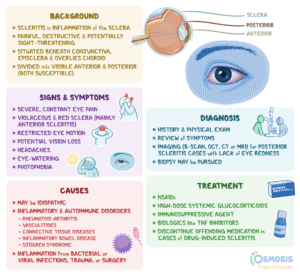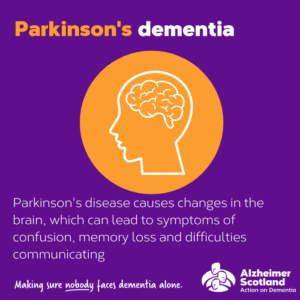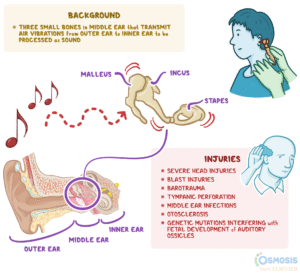Paralytic Drugs_ Medications Given During Anesthesia
Paralytic Drugs Used in Anesthesia
Paralytic medications, also known as neuromuscular blocking agents (NMBAs), are powerful drugs used to induce temporary muscle paralysis. These drugs are commonly administered during surgery or in critical care settings where complete stillness or assisted breathing is required.
What Are Paralytic Medications?
Paralytic drugs prevent muscle movement by interfering with nerve signals. This is essential during surgery to avoid involuntary movements that could lead to complications. They are also used when patients are on ventilators due to severe respiratory issues.
Commonly used paralytic agents include:
-
Succinylcholine
-
Vecuronium
-
Rocuronium
-
Atracurium
-
Cisatracurium
-
Mivacurium
-
Pancuronium
These medications are typically given intravenously by an anesthesiologist.
When Are Paralytics Used?
Surgical Procedures
Paralytics are a standard component of general anesthesia, especially during procedures that require absolute stillness. Surgeries that commonly involve paralytics include:
-
Intubation for mechanical ventilation
-
Abdominal surgeries
-
Thoracic (chest) operations involving the heart or lungs
-
Brain and spinal procedures
-
Orthopedic surgeries
-
Throat and vocal cord procedures
Even minor movements such as a twitch or cough could interfere with surgery, which is why paralytics are used alongside anesthetics like propofol or ketamine.
Critical Care and Emergency Use
In intensive care units (ICUs), paralytics are administered to manage severe respiratory distress syndrome or during therapeutic hypothermia following cardiac arrest. These medications help prevent involuntary shivering and allow the body to maintain a medically reduced temperature, which can limit brain damage.
In emergency settings, these drugs may not be readily available, and their use is based on the specific condition and resources.
How Do Paralytic Drugs Work?
Paralytic medications block nerve signals that typically trigger muscle contraction. The neurotransmitter acetylcholine is responsible for activating muscles. Paralytics interfere by:
-
Blocking acetylcholine receptors at neuromuscular junctions
-
Preventing muscles from contracting
-
Causing complete relaxation of skeletal muscles, including the diaphragm
Because the diaphragm is paralyzed, patients must be supported with a ventilator and endotracheal tube to maintain proper breathing.
Duration and Monitoring
The duration of muscle paralysis depends on the specific drug and the clinical context:
-
During surgery: Paralysis may last from under 30 minutes to several hours
-
In ICU: May be maintained for 12 to 24 hours or more for respiratory support
Paralytics wear off naturally or can be reversed using medications like:
-
Neostigmine
-
Pyridostigmine
-
Edrophonium
These agents help restore nerve signaling and muscle function post-surgery.
Are Paralytics the Same as Sedatives?
No, paralytic drugs do not provide pain relief or sedation. They simply prevent muscle movement. Other medications are used in combination to:
-
Induce unconsciousness
-
Manage pain
-
Prevent memory of the procedure
Propofol, a commonly used sedative, is not a paralytic. It is used to keep patients asleep during surgery but does not affect muscle movement.
Use of Paralytics in Non-Hospital Settings
Paralytic medications are not used at home. They are strictly administered in controlled medical environments. However, less potent muscle relaxants like:
-
Cyclobenzaprine (Flexeril)
-
Dantrolene (Ryanodex)
may be prescribed for muscle spasms or chronic pain but do not induce full paralysis.
Side Effects of Paralytic Drugs
Common Side Effects
Even with careful dosing and monitoring, side effects can occur, such as:
-
Muscle twitching
-
Irregular heartbeat
-
Slowed or rapid breathing
-
Fluctuations in body temperature
-
Blood pressure changes
Severe Reactions
In rare cases, serious complications may develop, including:
-
Anaphylactic shock
-
Cardiac arrest
-
Respiratory failure
-
Seizures
-
Muscle breakdown (rhabdomyolysis)
Patients with pre-existing heart, lung, or neuromuscular conditions are at higher risk for adverse effects. Pre-operative assessments help identify risks and guide safe anesthesia planning.
What Happens After Surgery?
As the paralytic wears off or is reversed, patients begin to regain muscle control. Recovery time varies but usually takes a few minutes to an hour. During this period:
-
Vital signs are closely monitored
-
Breathing support is gradually withdrawn
-
Any side effects are treated immediately
Post-operative care ensures a safe return to normal function and minimizes the risk of complications.
Frequently Asked Questions
Are paralytics painful?
No. They block movement but not pain. That’s why they’re always paired with sedatives or anesthetics.
Can you wake up while paralyzed?
Under proper anesthesia, you are unconscious and unaware. If improperly dosed, awareness could occur, though this is extremely rare due to advanced monitoring.
Is recovery from paralytics immediate?
Recovery begins once the drug wears off or is reversed and usually takes minutes to an hour depending on the medication.
Key Takeaways
-
Paralytic medications are essential for safe and effective surgeries.
-
They are always used under expert supervision and with sedation.
-
Their use is limited to hospital or critical care settings.
-
Monitoring helps detect and manage side effects promptly.







